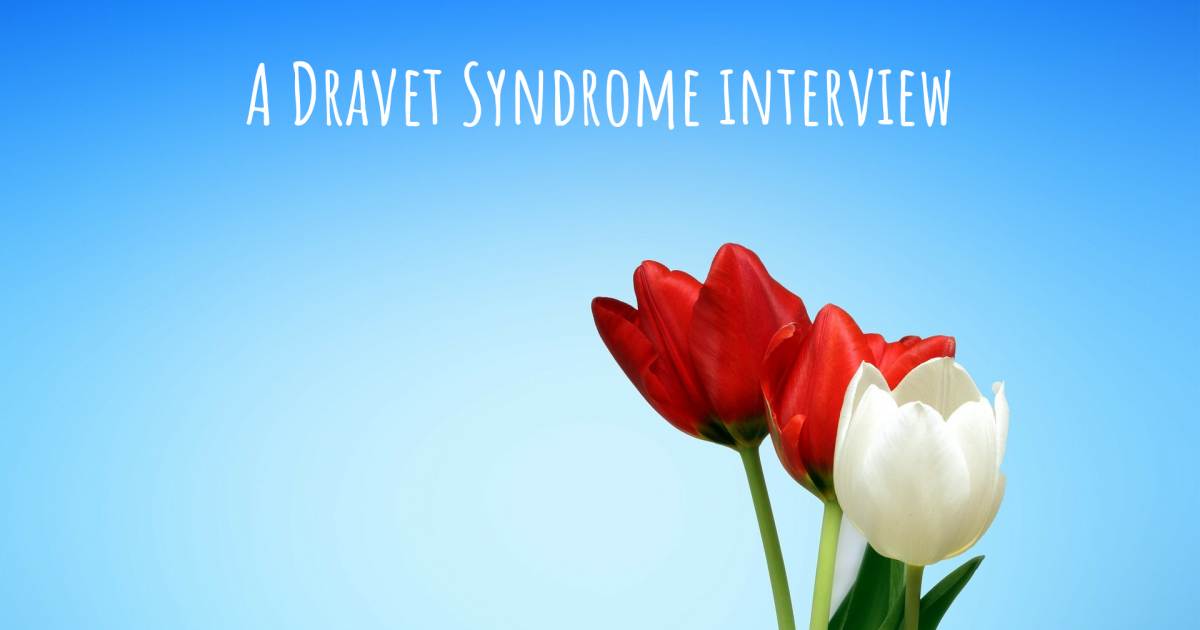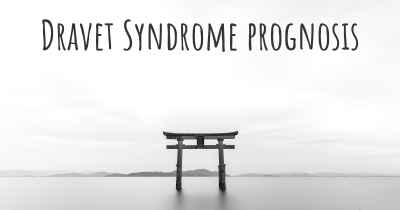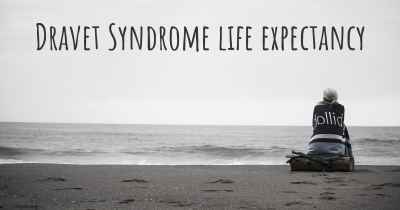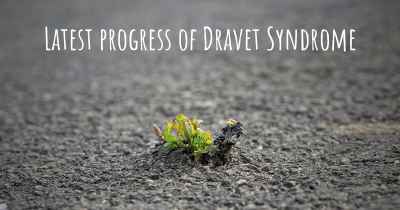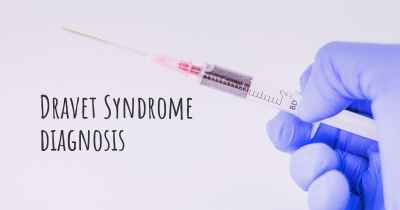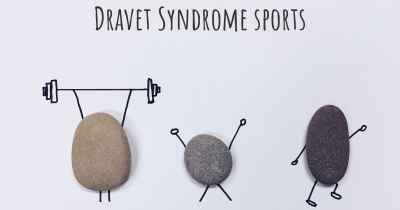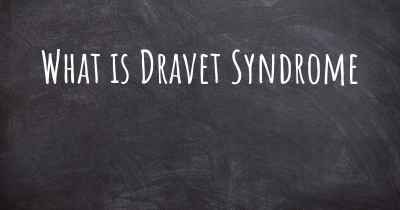- Dravet Syndrome
- Interviews
Anna's interview
How did all start?
My first febrile seizure was at 9 months, increasing frequency of seizures during 2nd year, leading to first status episode and hospitalization at 3 years of age. I experience mostly tonic clonic seizures. My parents noted that hyperthermia, exertion, inflammation, and salt/fried food triggers early on, but Dravet Syndrome was not diagnosed until nearly 6 years of age.
Do you already have a diagnosis? How long did it take you to get it?
I was treated as having idiopathic childhood epilepsy, cycling through various AEDs with limited success. Finally, I was diagnosed with Dravet Syndrome in 2010, four years after my first seizure event.
For what medical specialties have you been treated? What has been the most useful specialty for your?
Neurologists have focused on seizure control and managing developmental delays. I received vagal nerve stimulator in 2011 which has reduced seizure lengths significantly, reducing recovery times. My parents manage my diet, and I prefer high fat, low salt, low sugar, and avoid fried foods. I am responding well to CBD treatment, reducing seizure frequency and improving quality of life. Physical, occupational, and speech therapy have all helped maximize my learning potential.
What has been the most useful thing for you so far?
The loving care of my family and the integrated professional health care they have sought with a focus on minimizing pharmaceutical load while maximizing seizure control. Special education support at school has normalized my life as much as can be expected.
What have been your biggest difficulties?
Initially, getting a clear diagnosis that could guide AED selection was the biggest challenge. Seizure control is critical for improving quality of life for me and my family.
How has your social and family environment reacted? Have your social or family relationships changed?
My parents focused on managing welfare of the entire family. My dad changed jobs and moved to get access to better care options for me, and this has worked out well for all of us.
What things have you stopped doing?
I don't go out as much, particularly during heat of summer or pollen counts are high to avoid allergens. I used to have my worst episodes in spring time after all the trees bloomed.
What do you think about the future?
Note: Dravet patients live largely in the present and have cognitive limitations; so this questions doesn't mean much to Anna.
So far, which years have been the best years in your life? What have you done during them?
I like to pay outside on cool days when there is not much wind. I like kicking soccer balls, blowing bubbles, going to kids shows, and riding my big wheel outside. Inside, I like being with friends and family, doing puzzles, and playing simple games.
If you had to describe your life in a sentence, what would it be?
I am happy to be with my family who care for me so well.
Finally, what advice would you give to a person in a similar situation?
Make the most of what life offers you.
